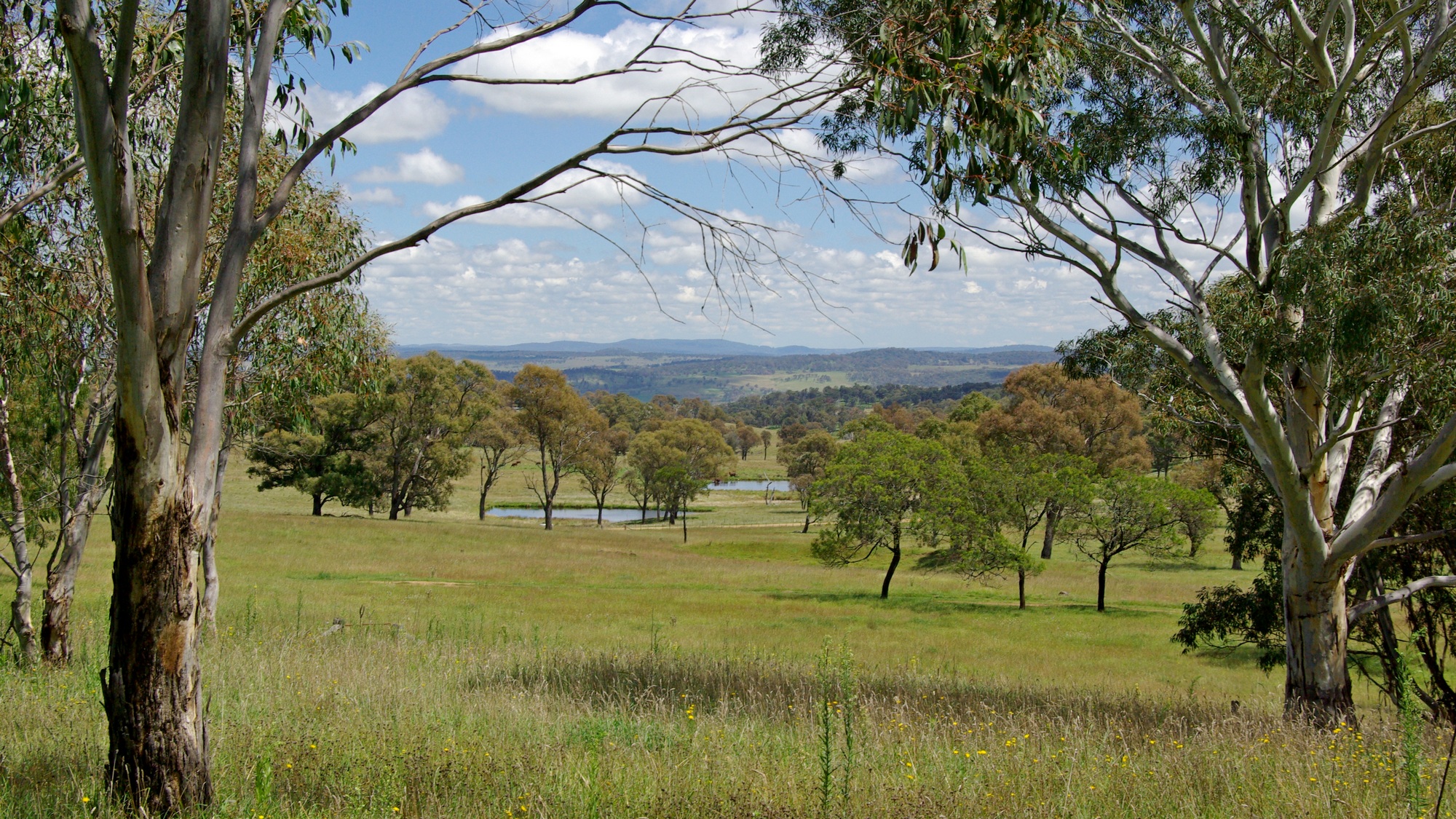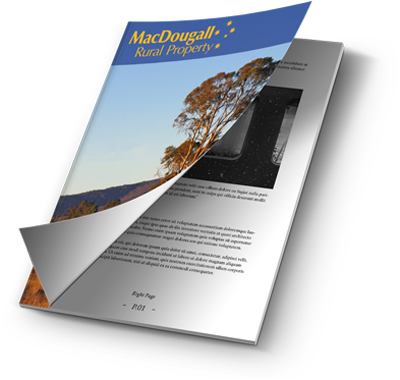The Three P’s of Selling a Farm
Posted: 18th December 2014
Posted in: Rural
I haven’t always been a rural property agent. In a previous life I ran thousands of cattle in joint venture operations from as far south as Victoria, through New South Wales and into southern Queensland.
I was paying for the stock, they were providing the land and we simply went halves in the trading profit. By the landholder not having to fund the stock, they could either save money or spend that money elsewhere. An attractive proposition that I was happy to be involved with. The only problem was that there were some who saw a partnership with me as a total answer to their monetary problems. With those folks, when the season slowed down or the market dropped, and there was not as much money in the joint venture that either of us had hoped, emotions ran high. With hindsight I now see that these people had no structured business plan. I was nothing more than a windfall to them. They went down the gurgler.
One criteria I adopted when interviewing landholders as to suitability of going into partnership with them was to look at their stockyards.
You see, I believe the state of a cattlemen’s cattle yards says a lot about the man himself. As soon as I saw baling twine lying around (ready for stock to ingest and have their gut slowly filled with nylon) or a gate that didn’t swing safely I would politely thank him for his time and move on to the next property for a look. I never once told him they needed to fix this or that, to save offence I just moved on.
I would also ask what sort of production performance one could expect from cattle on a landholder’s property. I got caught once, and it cost me dearly both monetarily and emotionally. I was assured of a certain outcome and I took the bloke’s word for it. Never again. I want hard facts and figures.
The landholders who I continue to have a healthy relationship with til this day are switched on, well organised business people who have always taken pride in the preparation of their business and personal lives, presentation of their property, and are able to prove performance with hard data. There are no ifs or buts; what you see is what you get.
So it is with selling a farm.
Sellers must have their three P’s sorted.
Firstly, they must be Prepared – this means economically and emotionally. Have a plan for presale, during the sale process and post sale, and big decisions can be made rationally. Treating a buyer of your farm as the provider of a windfall is a fast way to nowhere.
Next, the property must be physically fit for Presentation to the market. No broken gates, twine or dead animals.
Lastly, the seller must be able to Prove the value of the property by demonstrating production data, value of infrastructure and any other “X-factor” the property may have. “I reckon” just doesn’t cut it.
Getting these 3 P’s right provides investors with an environment where they are comfortable to make assessment as to the suitability of a property for their needs.
Without these 3 P’s, chances are the would-be investor will probably thank the landholder for their time and move on to the next property. The landholder remains in limbo and wonders why.
With the 3 P’s, landholders can move on and achieve life goals with confidence and greater certainty and a far lower level of anxiety.
Graham MacDougall
MacDougall Rural Property
au.linkedin.com/in/grahammacdougall
Graham MacDougall has a lifetime association with rural property. In addition to 30 years in the cattle industry, for the past 8 years he has been specialising in the marketing of commercial agriculture and rural lifestyle properties in northern New South Wales.



